|
“The flame of love shall burn into our hearts the memory of our noble dead.” These are words written upon the World War II Memorial, located within Mount Olivet Cemetery’s Section EE. The monument, first erected in 1947, is: “dedicated to the Men and Women of Frederick County who, by their unselfish devotion to duty, have advanced the American ideals of liberty and the universal brotherhood of man.” Memorial Day originated in 1868. First known as Decoration Day, the observance took form in the year 1868 when the Grand Army of the Republic established it as a time for the nation to decorate the graves of the Union war dead with flowers. Confederate veteran groups would follow suit with their own day of honoring former soldiers lost in the conflict. By the 20th century, one day was chosen to solemnly commemorate all Americans who lost their lives in military service—Memorial Day. Over the years, people have made regular pilgrimages to visit cemeteries and memorials on this federal holiday, particularly to honor those who have died in military service. In many cases, volunteers place American flags on graves of veterans within cemeteries of varying sizes, big and small. Public ceremonies of remembrance are generally held by veterans service organizations and municipalities. 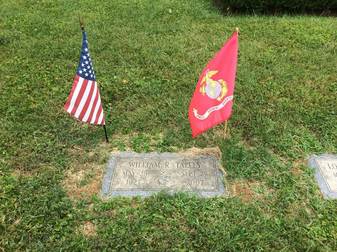 Mount Olivet is no stranger to the abovementioned activity, dating back to the 1860’s. To this day, annual Memorial Day observances have taken place within the cemetery’s hallowed grounds. For decades, the American Legion Francis Scott Key Post #11 has held a program in the shadow of their namesake’s memorial by the front of the cemetery. This takes place at 12 noon. Earlier in the morning, and in the rear of the cemetery, local Frederick County based chapters of the Daughters of the American Revolution, Sons of the American Revolution, along with Sons of Union Veterans of the Civil War have organized ceremonies to honor veterans “at rest” in Mount Olivet’s mausoleum complex. This is a more recent tradition with a start time of 10am. The cemetery is peppered with small US flaglets, placed one week earlier by American Legion members and (Legion) baseball players. Flags are flown at half-mast, Taps is played and wreaths adorn the Francis Scott Key monument and the World War II Memorial. At the latter, poppy flower pedals can be found adorning the 30 military issued markers of men buried within the monument itself. One of these men died 73 years ago on May 28th, 1944. A Boy from Libertytown William Bernard Smith was born September 7th, 1918. He grew up on a farm in Libertytown owned by his parents William A. and Margaret Smith. A graduate of Libertytown High School, he found employment with a bottling company in nearby Mount Airy. One month before his 23rd birthday, Smith entered the US Army in April of 1941. Originally a member of the 29th Division, William B. Smith was transferred to the Signal Corps before being sent to the overseas Mediterranean and Middle East Theater of war. He arrived in late March 1943 and stationed in North Africa in June. He would participate in the Tunisian campaign and then landed in Italy. The push north by allied forces was slow and steady.
A Fear of the Unknown As the Smith family sadly experienced the one-year anniversary of William’s death, another Frederick resident would lose his life in the Western Theater of Japan on May 28th, 1945. This serviceman’s wife and mother had heard nothing from their loved one for weeks. Suspicion and concern arose as he had written home once or twice weekly. In late June, a telegram came stating that he was missing in action.” Unlike William B. Smith, the fate of this soldier would not be learned by his family until May of 1949. Sgt. James Austin Bowers was a gunner on a B-29 Superfortress, which crashed near the Japanese village of Fukuoka-Ken Moji Shi Ozato. Today, this locale is known as Moji, Kitakyushu. Villagers apparently recovered the bodies of those servicemen on board and buried them in a common grave. It wasn’t until 1949, when American Grave Registration Personnel discovered the gravesite, that Sgt. Bowers remains were identified. They were removed from Japan and reinterred in a US government cemetery located in Korea. Sgt. Bowers was born April 15th, 1919 in Frederick. The son of Nelson A. and wife Reine Grove Bowers lived at 354 Park Avenue in Frederick and attended Frederick High School, graduating in 1937. He was employed by the local Everedy Company. Bowers married a Frederick girl (Flora May Taylor) and relocated to Baltimore after taking a job at the Rustless Iron and Steel Company. He had two sons: James A. Bowers, Jr. and Nelson A. Bowers. Bowers entered the military in September, 1943 and was assigned to the First Bomber Squadron, Ninth Bomber Group, Army Air Forces. He reached the Mariana islands in January 1945, the site of a major allied airfield base. From here, Bowers would take part in several missions over Japan, one of which involved the destruction of a large arsenal in Osaka in March, 1945. One of Bower’s letters home recounted, “the blast was so great that some of the B29’s were hurled into the air upside down but were soon righted and returned to their base.” 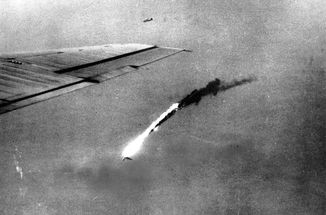 An image of a B-29 is shot down by enemy fire An image of a B-29 is shot down by enemy fire The mission, in which Bowers lost his life, was supposedly a low altitude mining mission which set out from the Marianas Island of Tinian on May 27th, 1945. Bowers crew was aboard the aptly named “Tinney Anne.” A gentleman named Mike Adams from Hutto, Texas wrote an online article about Stan Black, the commanding pilot of Sgt. Bower’s B-29, and his last mission. The following is an excerpt: “Stan Black and crew were on the list to be the last plane out of Tinian at 17:11 that day. The name of the mission was “Starvation 1” and it required one hundred two B-29s and crews. Three crews and aircrafts would be lost that night, 33 men. After action reports tell us that Aircraft Commander Stanley Black was over his target at about 23:30 that night when a riverboat with mounted searchlights and anti-aircraft guns opened fire on the Tinny Anne. Another crew first saw his aircraft illuminated in the searchlight and attempting evasion maneuvers. Those were not so effective in a B-29. The same crew further observed only four muzzle blasts from the riverboat but they must have been well placed. Two of the AA shells exploded only 20 feet from his port wing folding it up like it had a hinge on it. Thus began the fall from 6,200 feet. Fortunately, it only takes a brief time for a B-29 to go down from that altitude as compared to 25,000 feet. Not so fortunately, it leaves much less time for any crewmember to escape. One did, a young man with a big happy smile by the name of Charlie Palmer. Two or three crewmembers from the other aircraft saw Charlie’s parachute open. No other chutes were seen that night. The B-29 burned as it fell thus providing a bright light as air whipped the aviation fuel into an intense and hot burning white light. Were their other chutes, they would have been seen. Other crews in other B-29s were able to follow Aircraft Commander Stanley Black, along with his heroic crew, all the way down to the water. Later they would all comment how bright that fire light was. It went out almost completely as the B-29 hit the water. Nevertheless, some fire still burned on the water’s surface as the other B-29s turned under the night’s moonlight and flew towards home. They were all thinking of home again, and while they would not talk about it, it had come to call that night. I believe some of them were thinking about Stan Black and his brave crew. Eleven more men lost in one Great War that produced a million heroes and heroines all over this world."* *This amazing article from May, 2011 can be accessed at: https://huttobusinessupdate.wordpress.com/2011/05/27/last-plane-off-tinian-ben-nicks-and-stan-black-two-brothers-in-arms/ Although this article says that the Superfortress crashed into the water, other reports say the aircraft crashed into a nearby mountain. Relics have been found here, and supposedly traced to the "Tinney Anne."
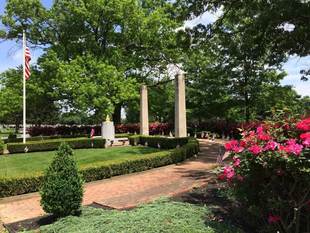 Mount Olivet's WWII Monument Mount Olivet's WWII Monument And speaking of hometowns, let us not forget men like William B. Smith and James A. Bowers who made the ultimate sacrifice. These gentleman once walked the same Frederick streets, beneath the fabled “Clustered Spires” as we walk today. They enjoyed the same pastoral views of Catoctin Mountain and its surrounding rolling farmland. Perhaps they swam or fished the Monocacy and Carroll Creek. Is it likely that both were inspired with patriotism while visiting the Francis Scott Key Monument within Mount Olivet? If you think of nothing else this Memorial Day, please say a prayer of thanks to these former residents who gave their lives on May 28th 1944 and 1945 respectively. They join countless others who did the same, making it possible for us today to enjoy not only the Frederick pleasures listed above, but all of life’s treasures. “Take up our quarrel with the foe: To you from failing hands we throw The torch; be yours to hold it high. If ye break faith with us who die We shall not sleep, though poppies grow In Flanders fields.” (from John McRae’s “In Flander’s Fields”)
1 Comment
7/4/2022 02:48:17 am
Hi Dear,
Reply
Leave a Reply. |
STORIES
|
Archives
July 2024
June 2024
May 2024
April 2024
March 2024
February 2024
January 2024
December 2023
November 2023
September 2023
August 2023
July 2023
June 2023
May 2023
April 2023
March 2023
February 2023
January 2023
December 2022
November 2022
October 2022
September 2022
August 2022
July 2022
June 2022
May 2022
April 2022
March 2022
February 2022
January 2022
December 2021
November 2021
October 2021
September 2021
August 2021
July 2021
June 2021
May 2021
April 2021
March 2021
February 2021
January 2021
December 2020
November 2020
October 2020
September 2020
August 2020
July 2020
June 2020
May 2020
April 2020
March 2020
February 2020
January 2020
December 2019
November 2019
October 2019
September 2019
August 2019
July 2019
June 2019
May 2019
April 2019
March 2019
February 2019
January 2019
December 2018
November 2018
October 2018
September 2018
August 2018
July 2018
June 2018
May 2018
April 2018
March 2018
February 2018
January 2018
December 2017
November 2017
October 2017
September 2017
August 2017
July 2017
June 2017
May 2017
April 2017
March 2017
February 2017
January 2017
December 2016
November 2016

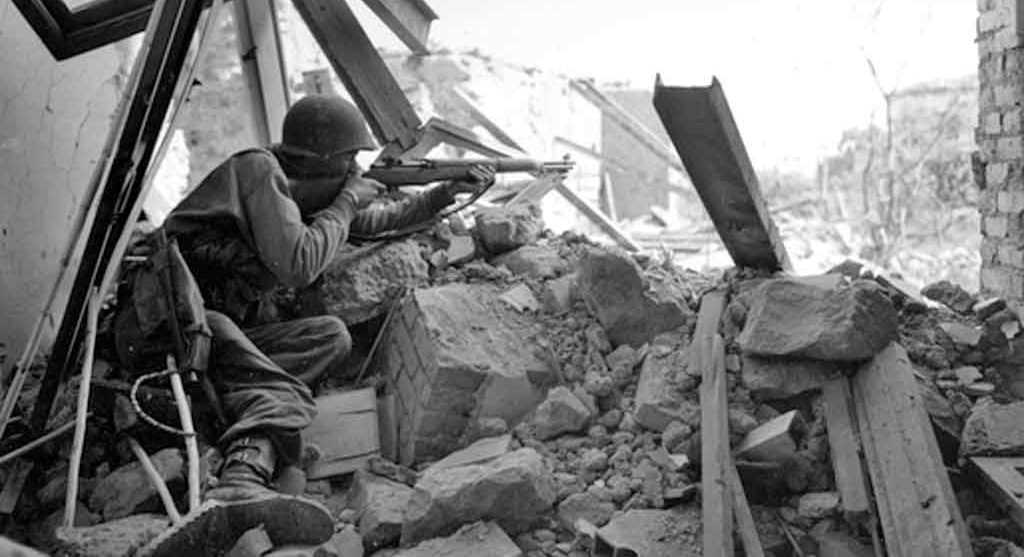
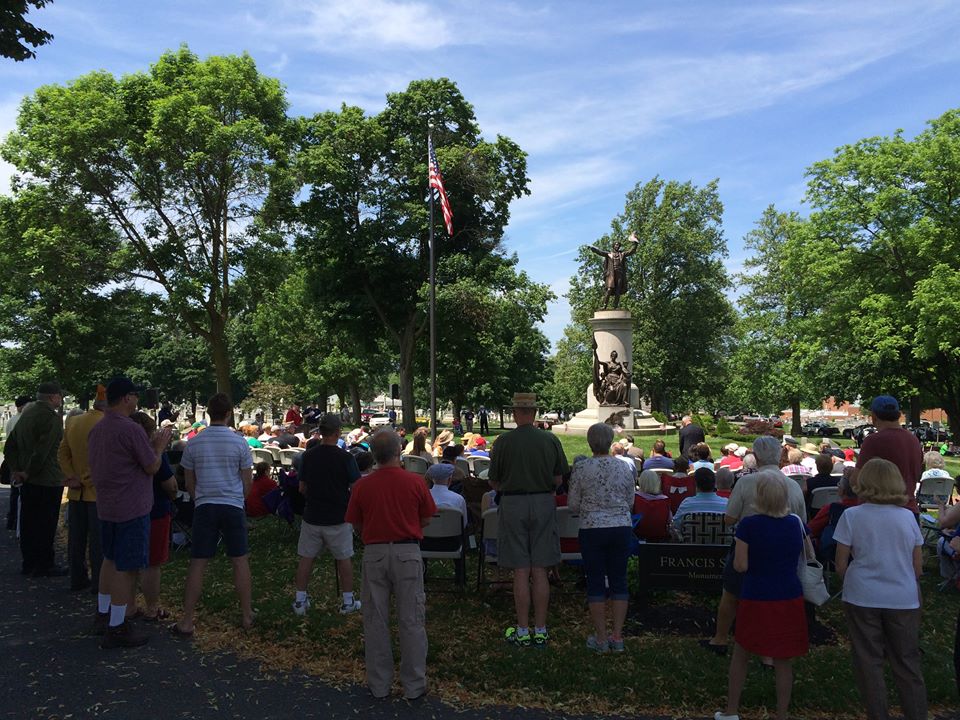

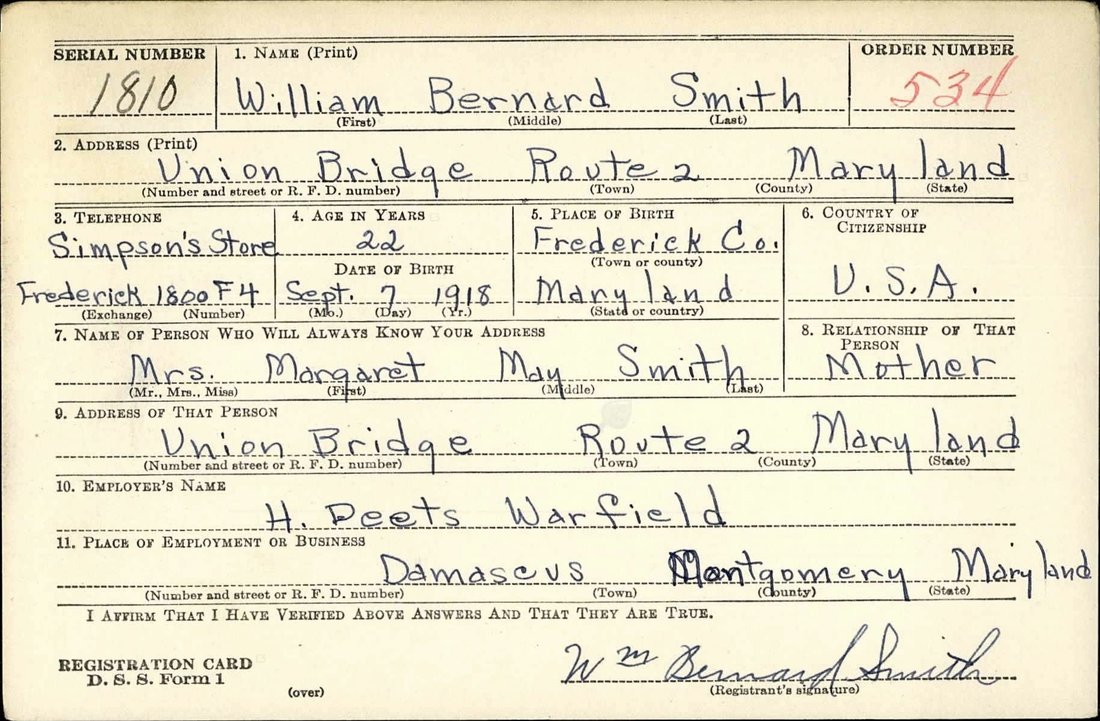
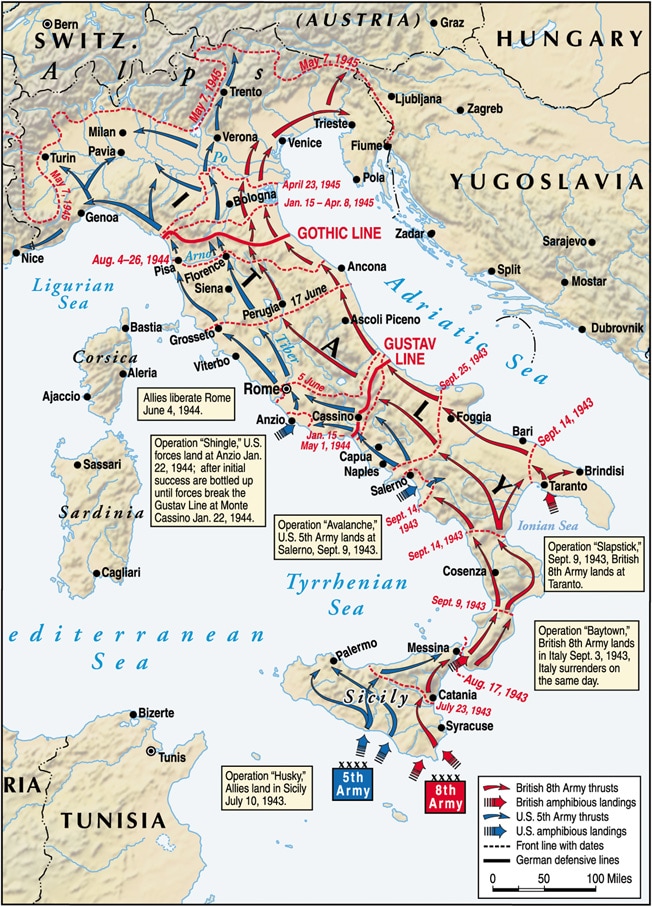
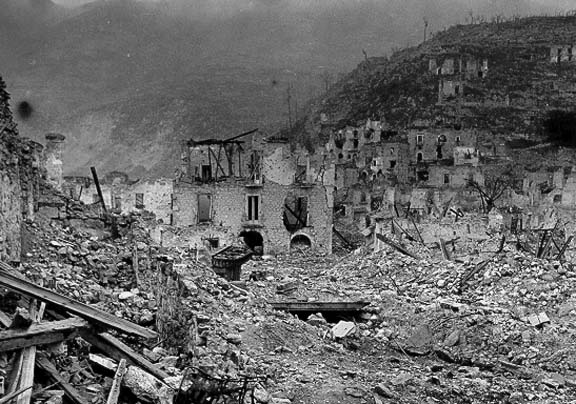
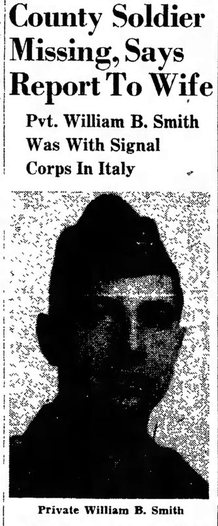
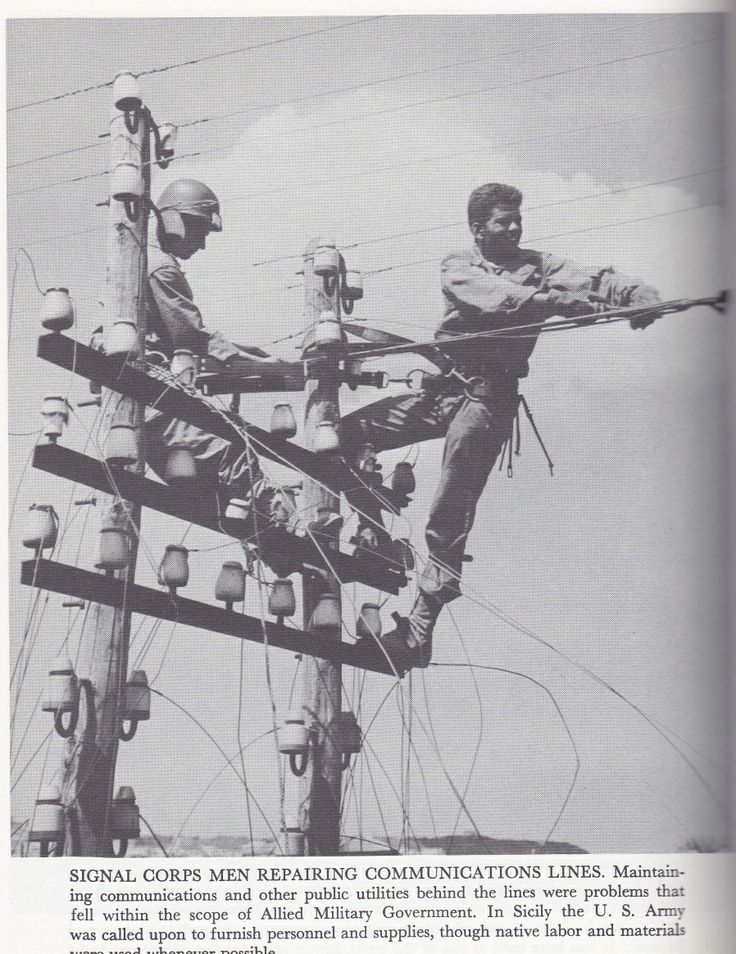
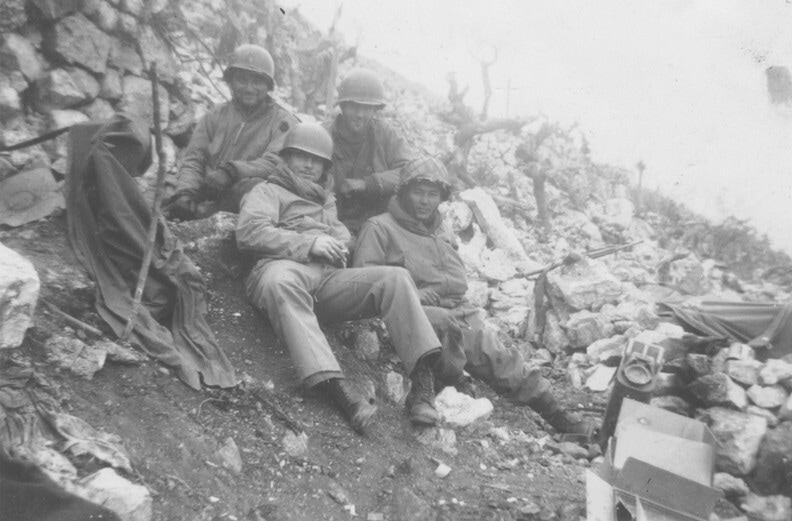
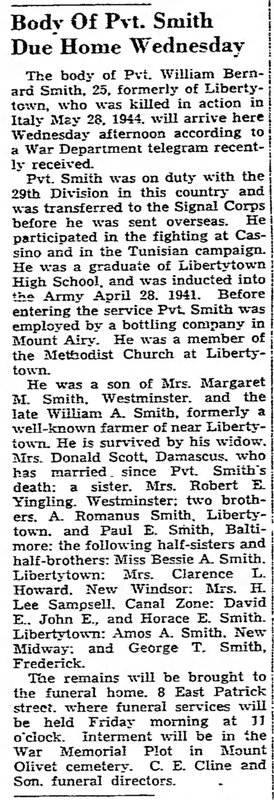
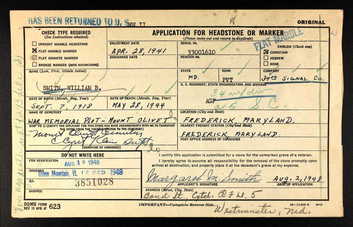
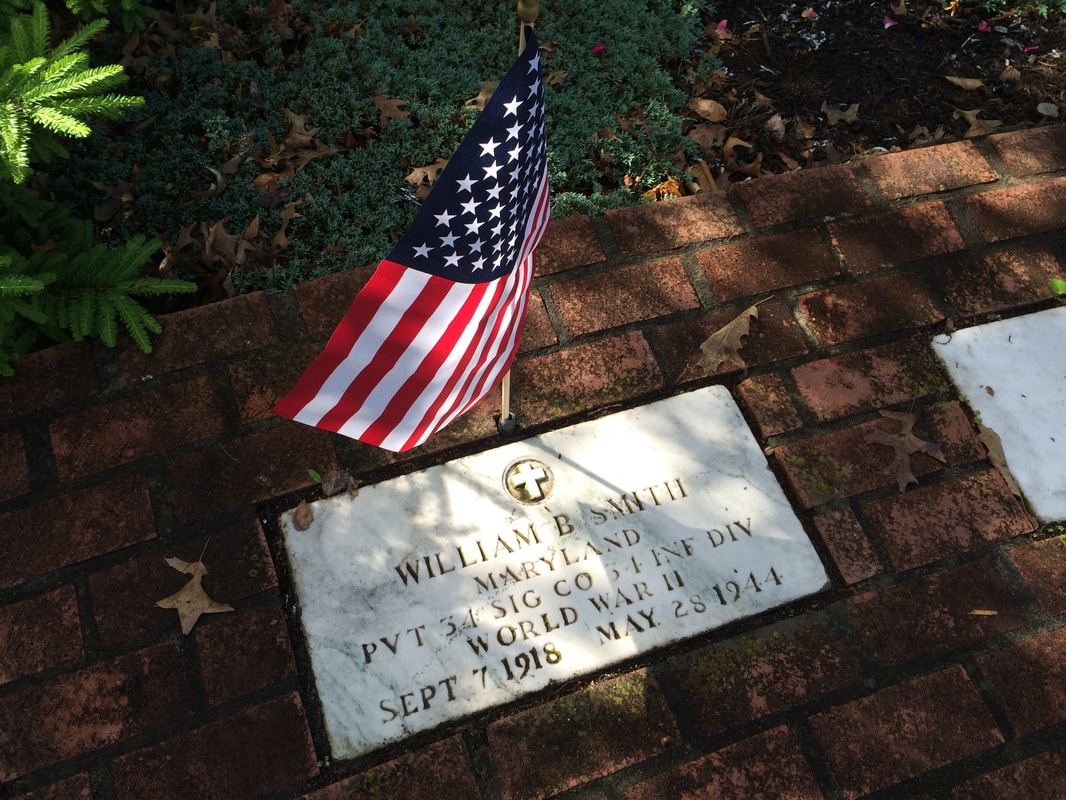
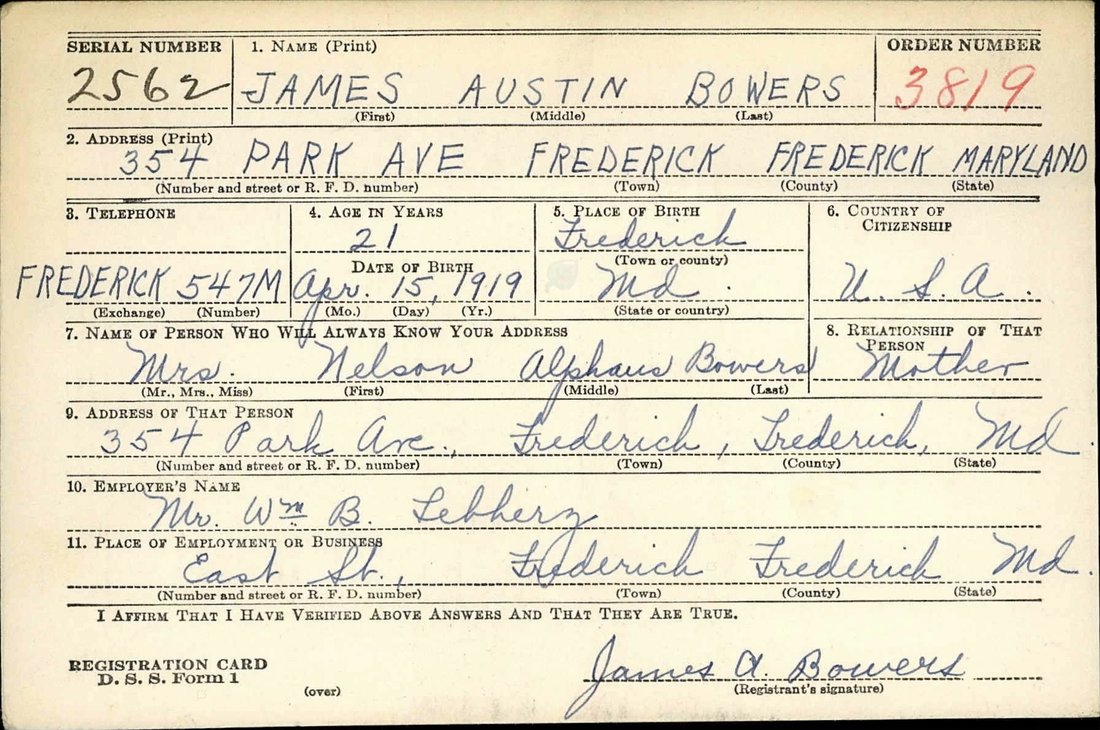

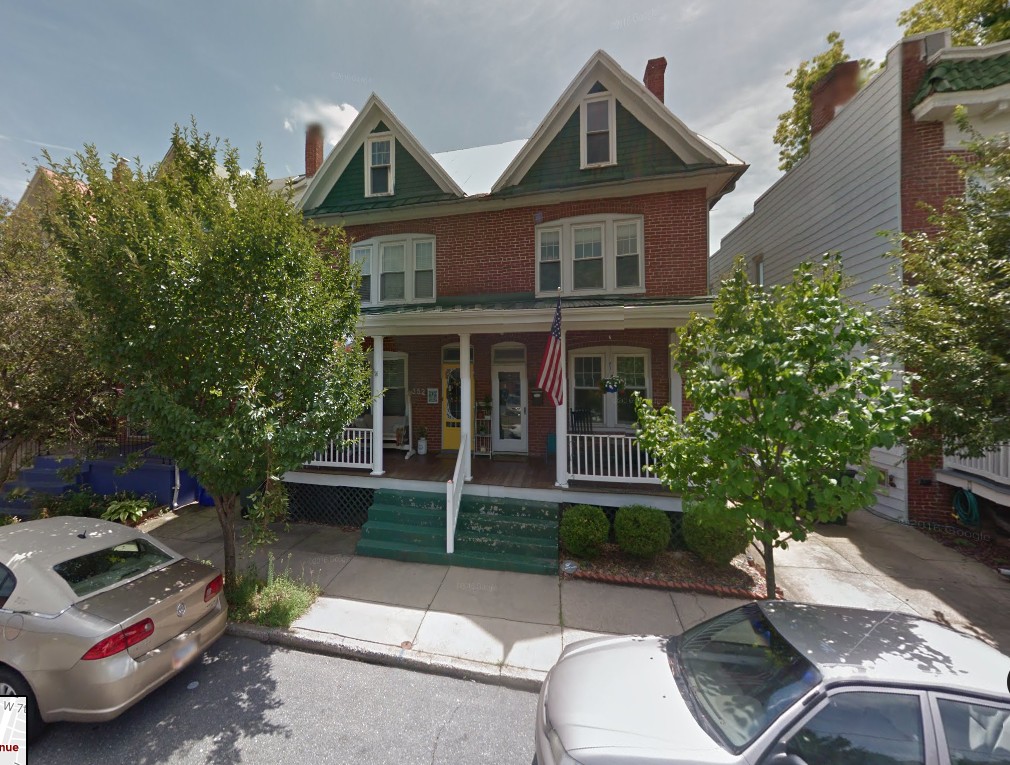
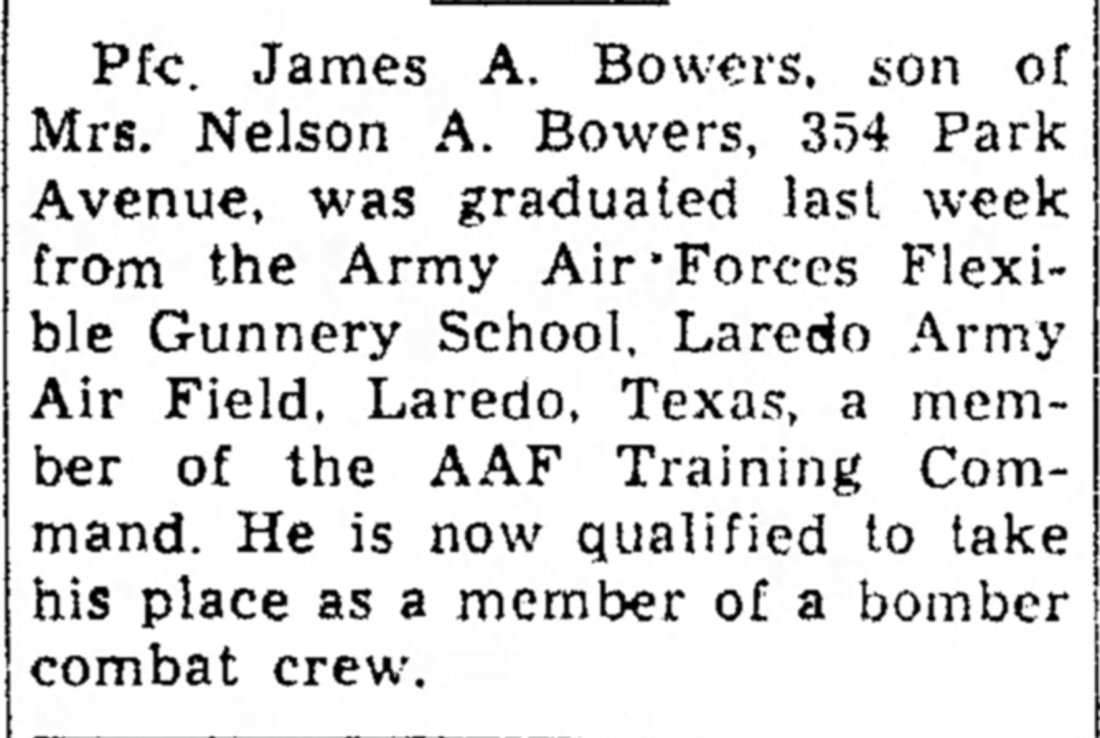
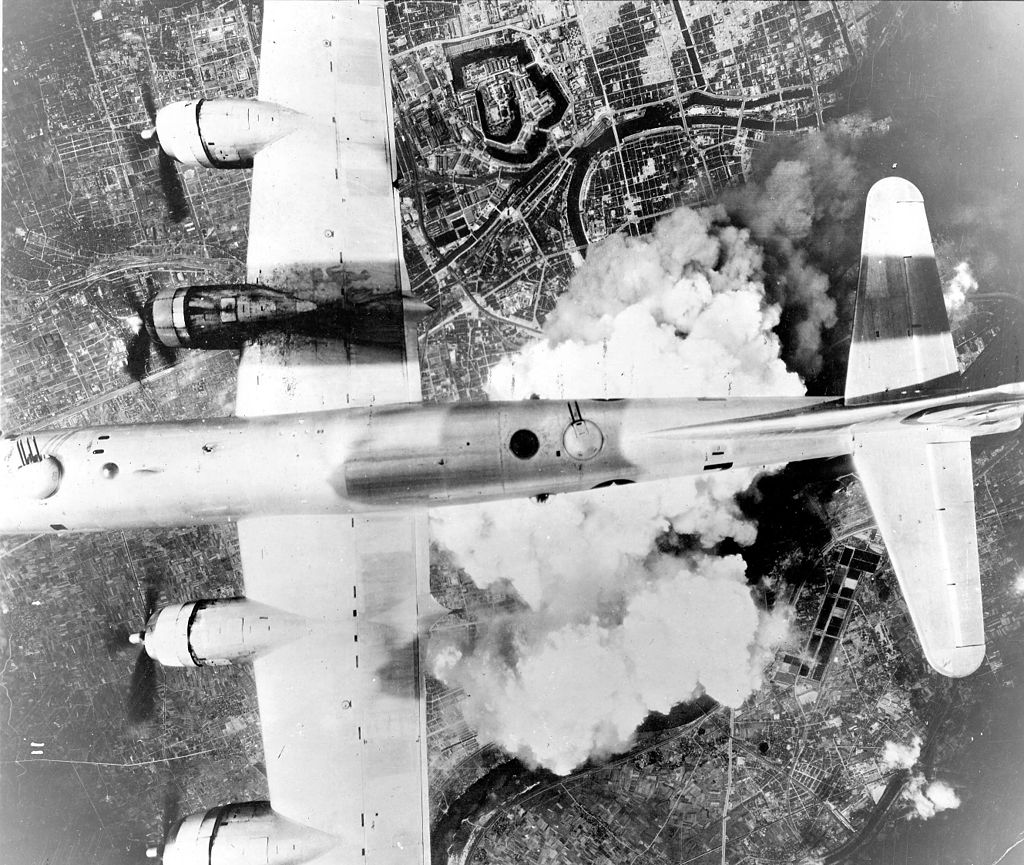
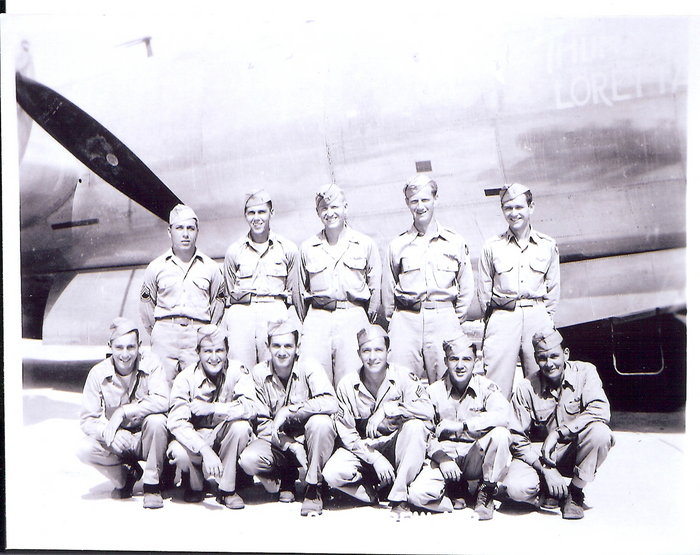
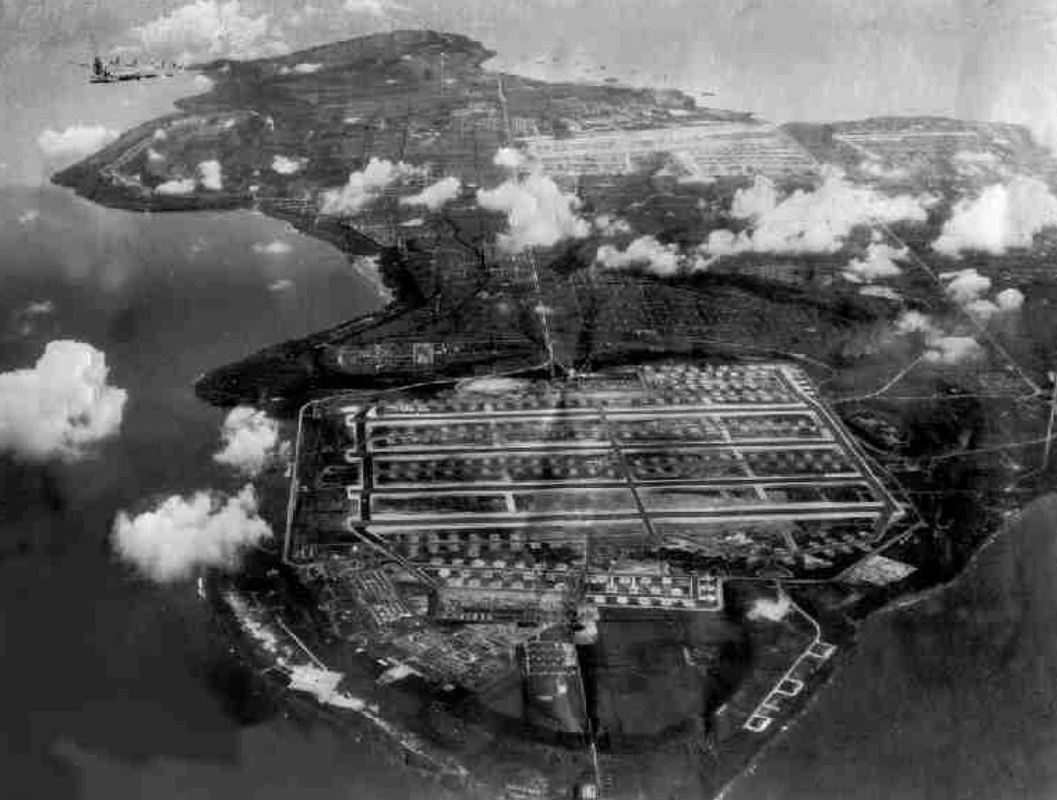
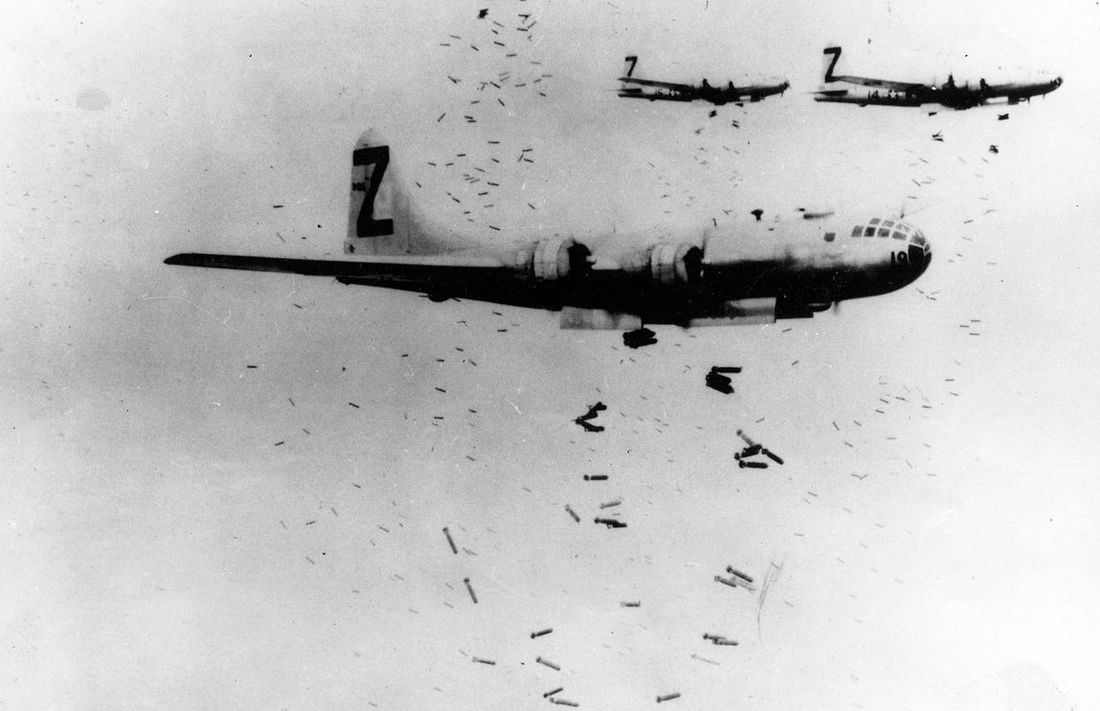
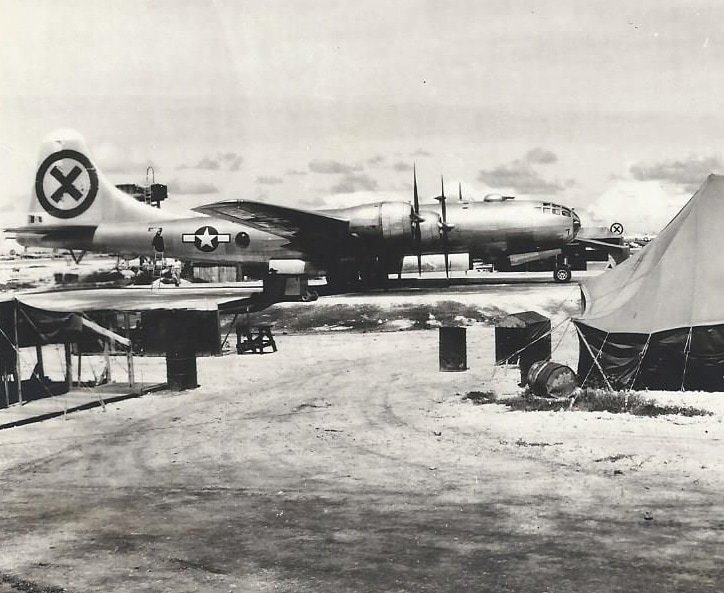
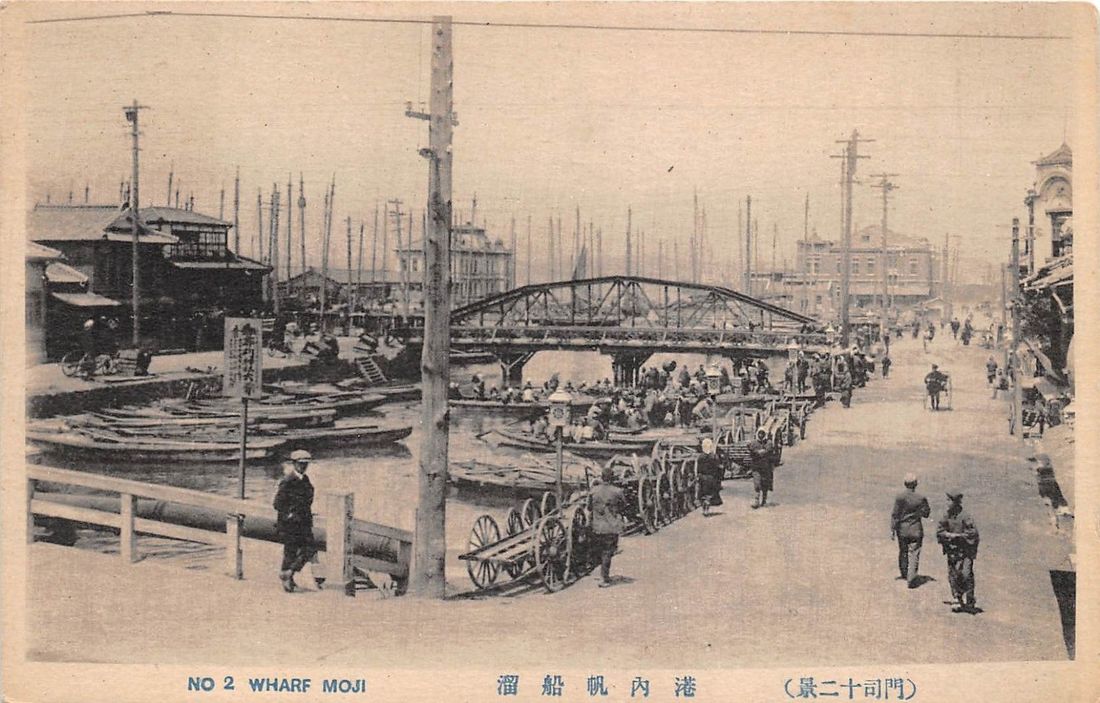
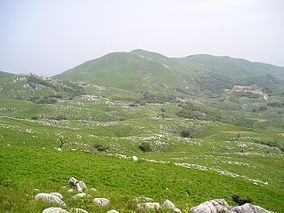
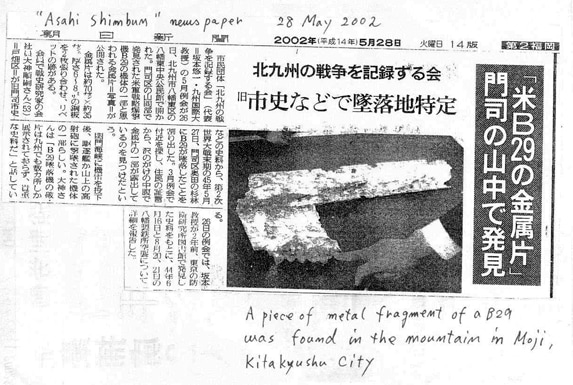
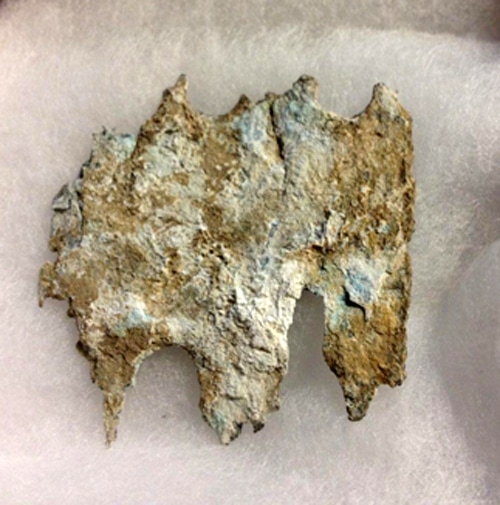
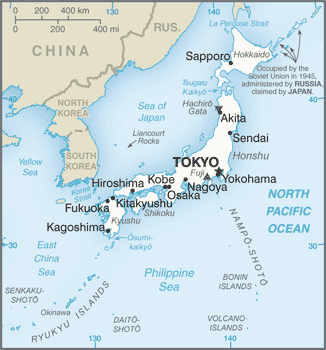

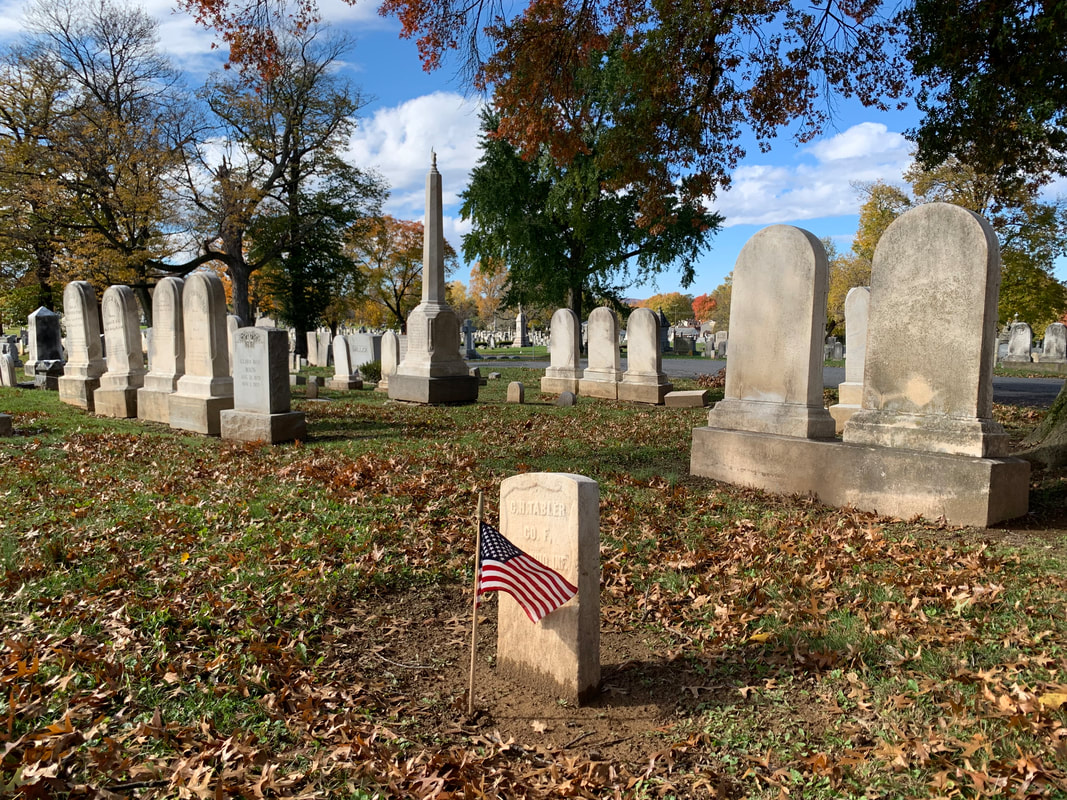
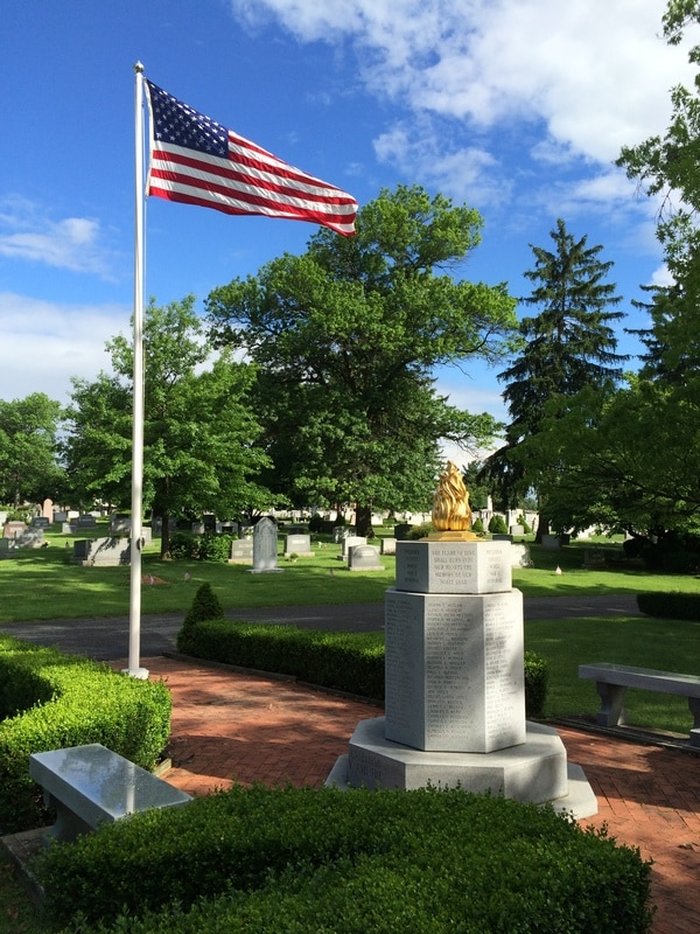

 RSS Feed
RSS Feed